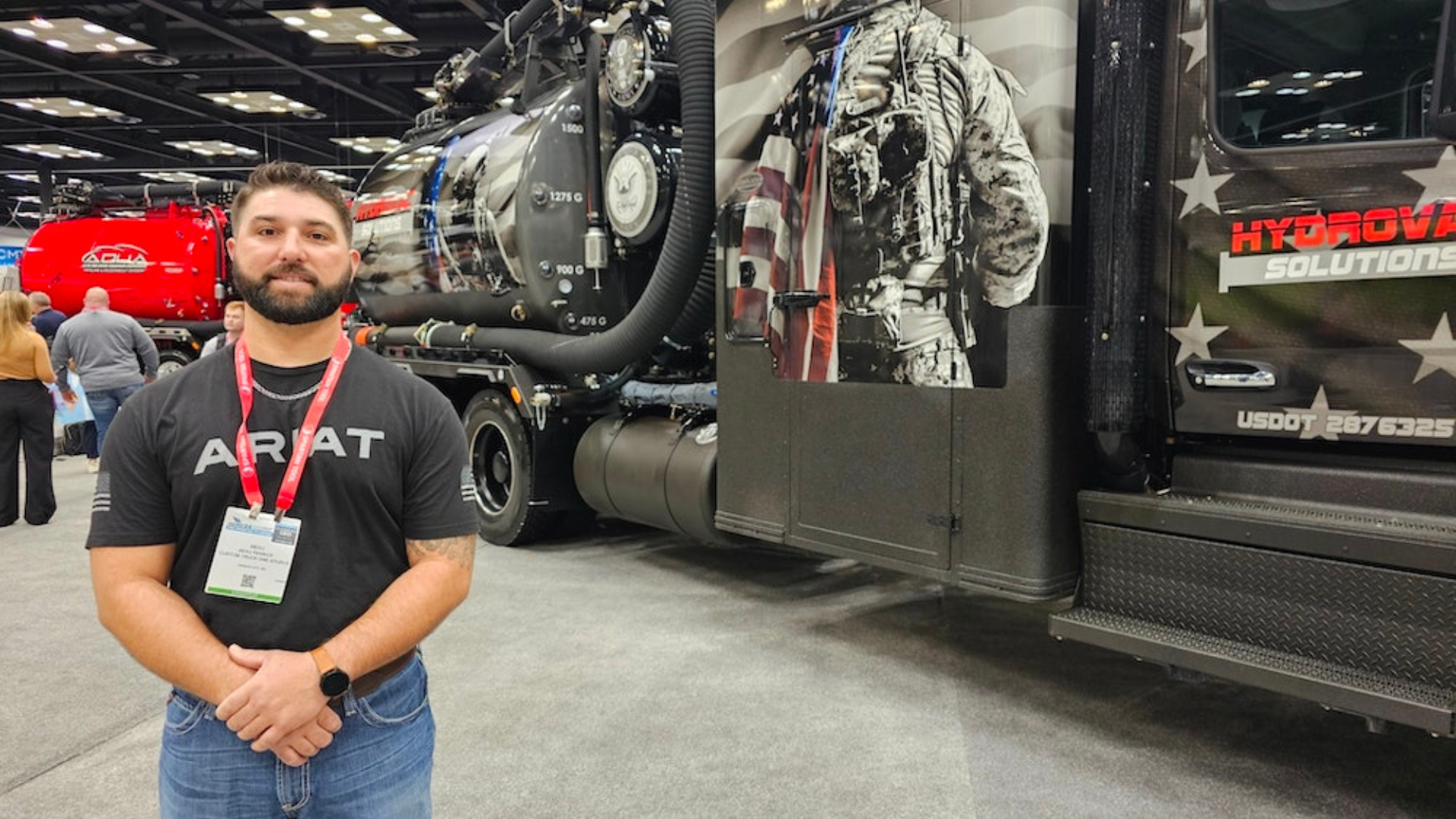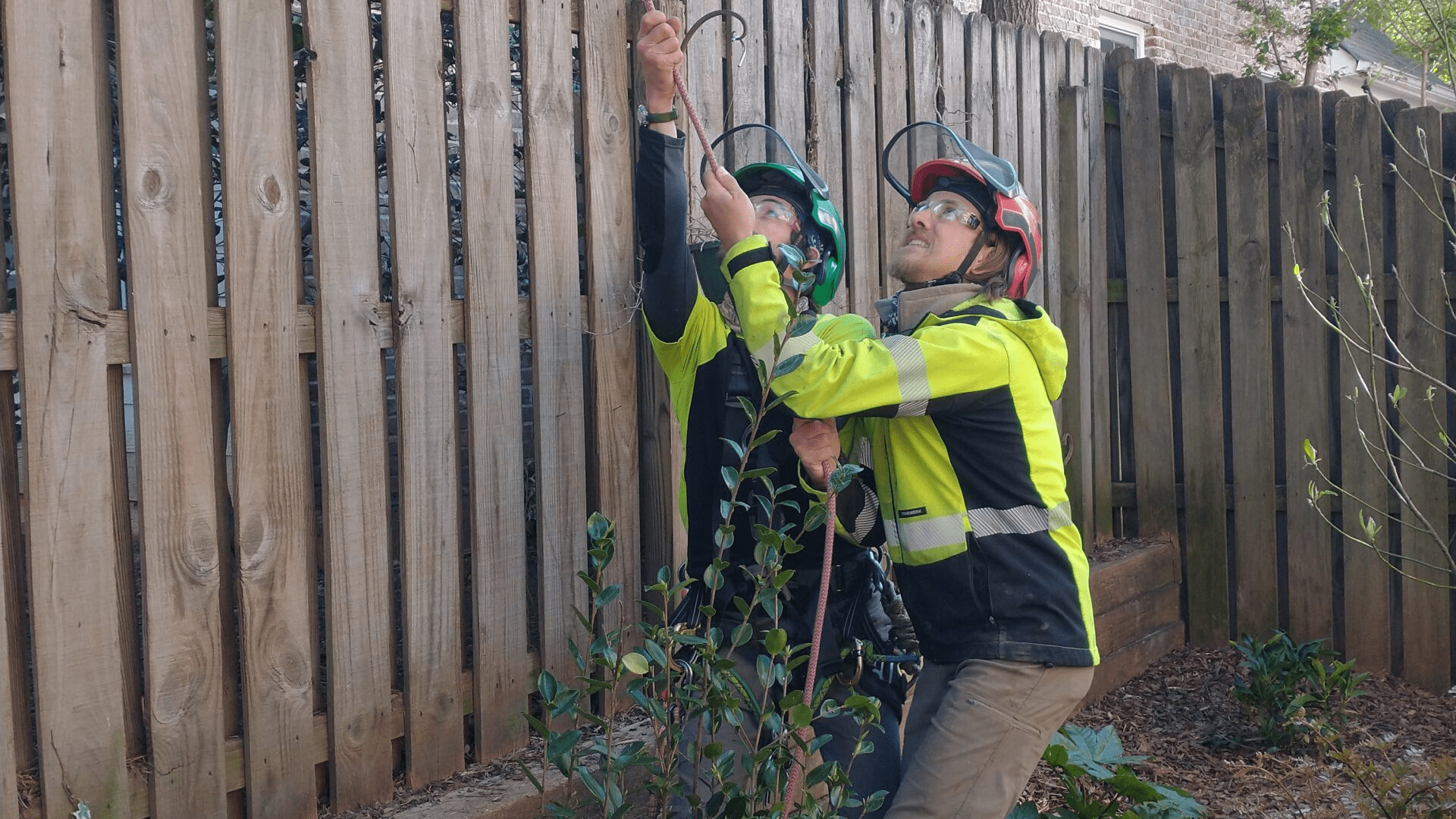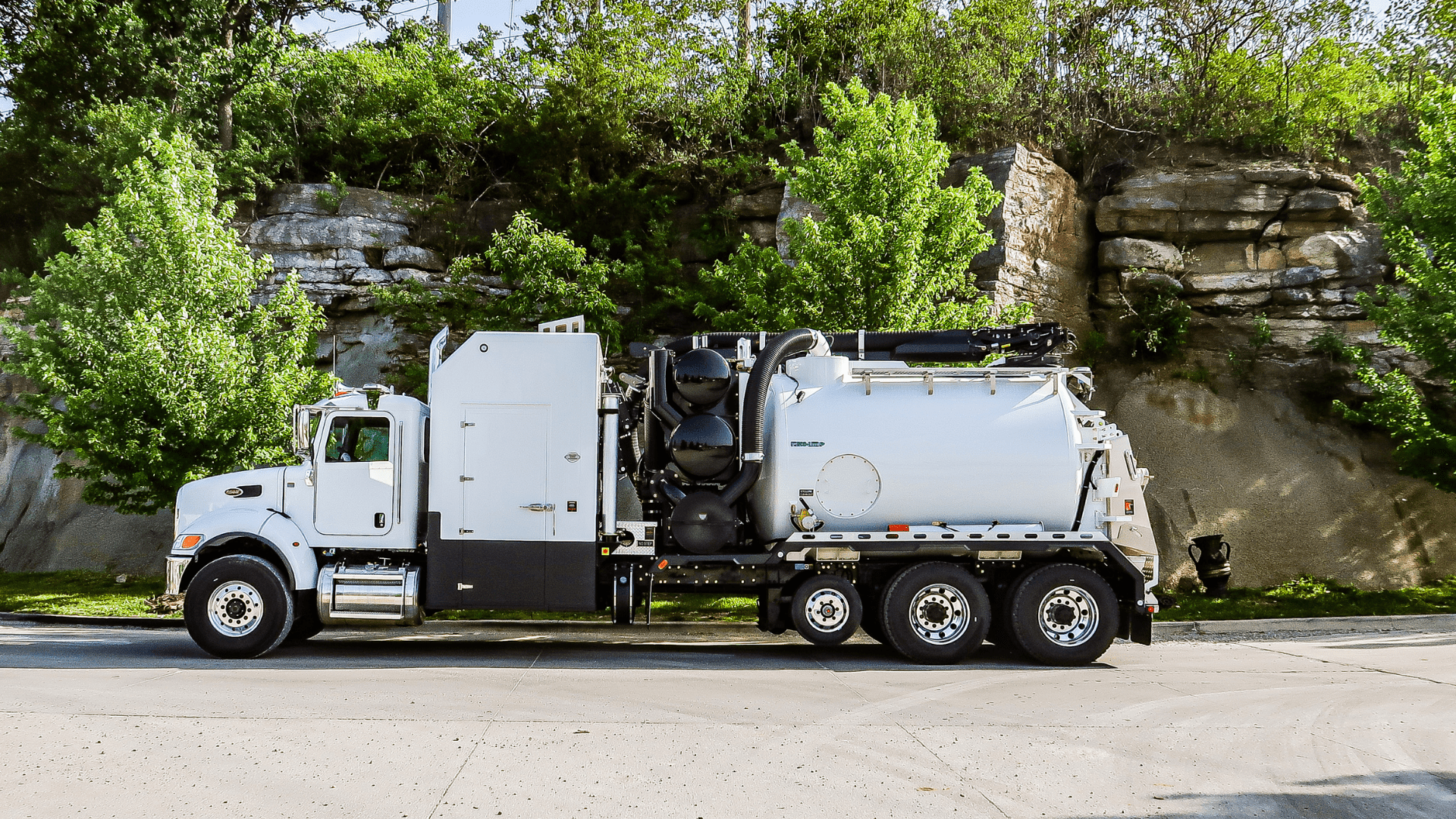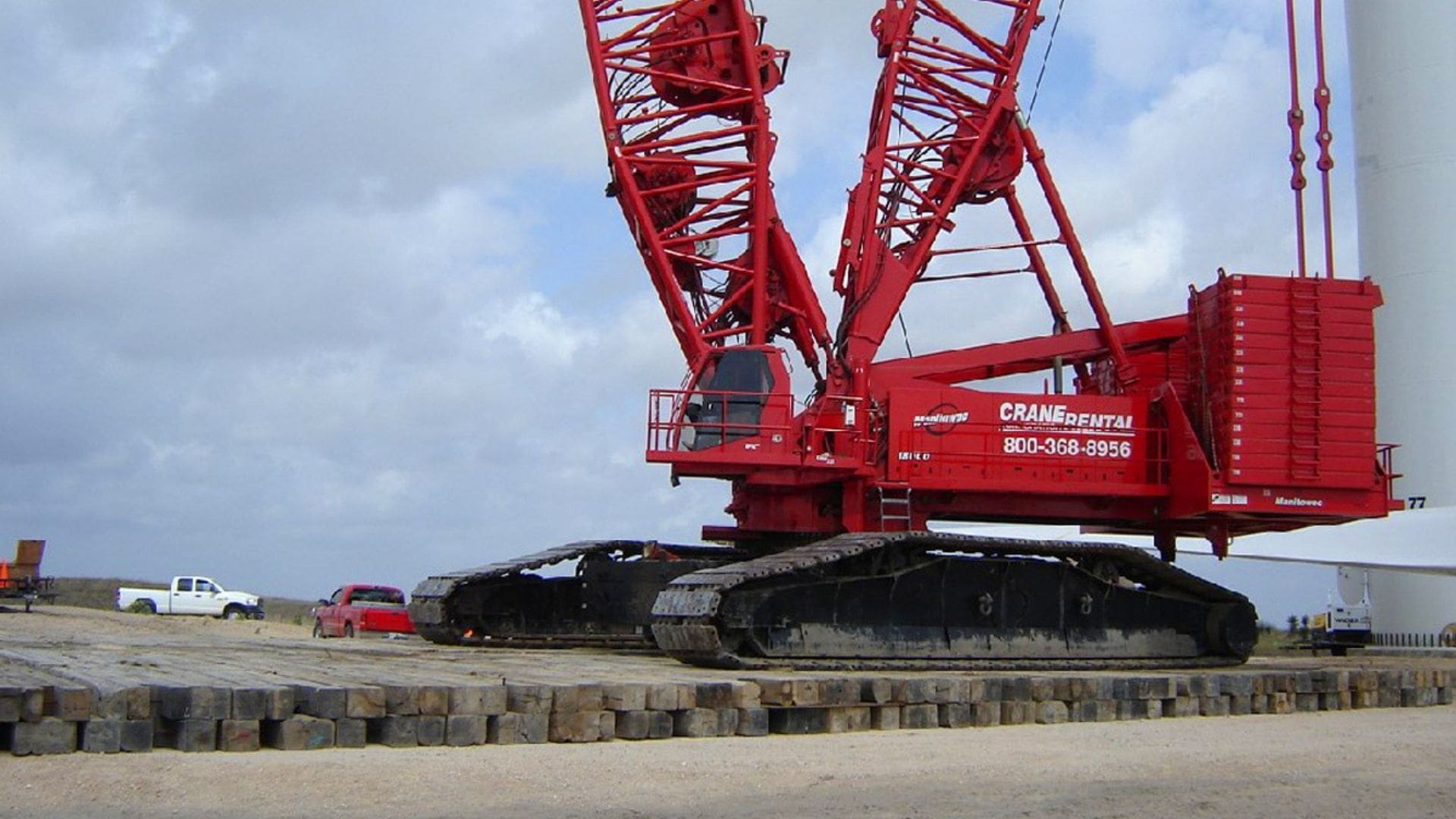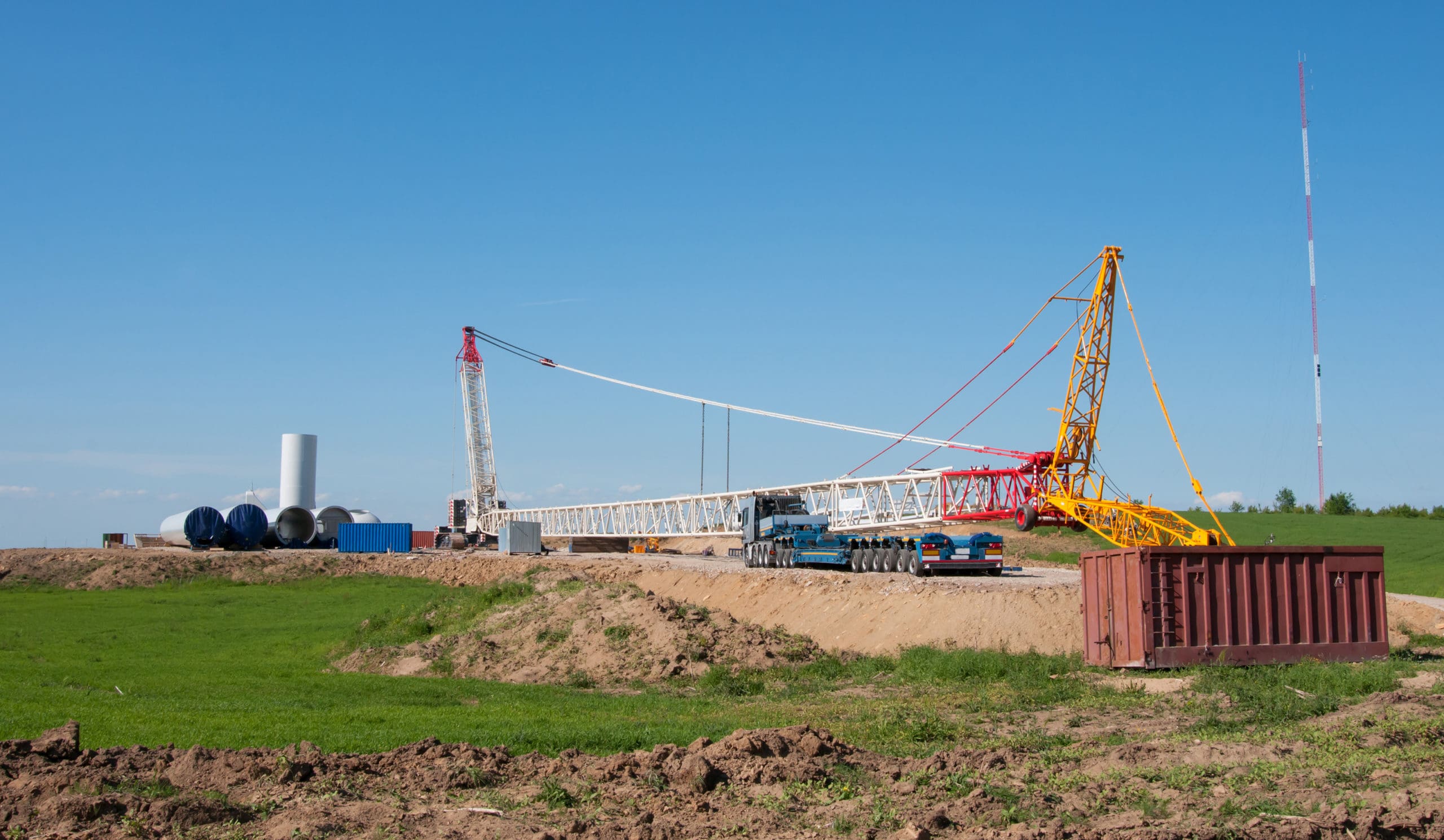Content written by Jim Kasper for May issue of TCI Magazine. Jim Kasper is an ISA Certified Arborist and Climber Specialist. He has a master’s degree in public health (MPH) and is a climber with Gill Tree Care in Decatur, Georgia.
There are probably as many reasons to climb as there are climbing arborists – the challenge, the excitement, the exercise, and the new view each day. I contend that freedom is what we most desire. We climb so we can be free of the physical limits placed upon us by our earth-bound bodies. Free of the laws of physics and gravity as much as a human can be. We dangle from ropes – sometimes just a single thin strand the size of our finger. We glide among and through trees that can grow to reach many stories tall.
The freedom we feel when climbing stems directly from our security and safety. The more secure we feel – the more secure we know we are – the more confidently we will climb. We need to be secure in our skills, our equipment and the knowledge that we have anchored our bodies and our equipment to structurally sound points in the tree. Then we can move about the tree unencumbered and, to some extent, take risks.
To a great extent, all of tree work is an endless list of risks that most people shudder just to think of. These risks must be checked and rechecked systematically by us and our crews every day. But with a secure tie-in-point (TIP), climbers can take the kind of risks that aren’t really risks at all. They are simply feats of strength, coordination and skill. They might include limb walking with panache, tackling the biggest trees in any conceivable situation and stretching to the limits of the crown to reach the smallest limbs.
Securing a TIP
To achieve this security, confidence and resulting freedom, climbing arborists may use various techniques and equipment to assess the strength and stability of trees and their tie-in-points. One such technique is the use of TIP load testing using the pull test. This involves applying a concentrated load to a specific point on a tree to determine its structural integrity, e.g., the crotch, branch union or limb. In fact, ANSI standards prescribe that climbers shall pretest a TIP prior to ascent by applying a load that is approximately twice the weight of the climber.
Chances are you learned to do the TIP load test the very first time you climbed a tree. Before you knew how to climb, you watched as veterans pulled on their ropes to give their tie-in-points a check. It’s certainly something I have done before every single climb in the five years since I began ascending trees as a climber.
But how useful is it? Does the TIP pull test actually make sense?
“It doesn’t work”
John Ball, Ph.D., CTSP, does not mince words when expressing his thoughts on the rope pull test: “It doesn’t work,” says Ball.
After a bit of a chuckle, we pushed him. “But doesn’t it mean anything? Doesn’t it do something?”
“The pull test is of minimal value,” says Ball. “Most workers overestimate the force the pulling has on the anchor and underestimate the force caused by the climber. We have too many instances where the anchor failed, with the climber falling, where a pull test was done.”
Ball has written on this topic previously in another publication, citing “spectacular fails” involving TIP failures over the years. Even a single “spectacular” fail should be enough to make a climber rethink a suspicious-looking TIP, he cautions. Wouldn’t we want as much information on a potential TIP as possible? Wouldn’t we want to grab a co-worker and have them hang on the line with us?
If some of you are questioning this, you’ll have seized upon a common criticism that, to an extent, this method is absurd. “We are the only industry that tries to stress something to failure. It’s insanity,” says Ball.
If we have loaded two or even three workers onto a single climber’s line to test that line and that TIP, “we’ve added to the potential for failure,” Ball says.
False security?
It’s worth considering that, if a union is suspicious to us and we stress it out repeatedly, how likely is it that we have added anything to the recipe except the potential for failure? X-ray binoculars don’t yet exist, so we can’t see the internal fibers of the tree and how they react to the forces we exert as we climb, work and swing. There’s simply no way of knowing for sure what a union 90 feet off the ground really looks like. Perhaps we shouldn’t be yanking so hard on our climbing lines, then.
The question becomes, if we have it isolated in a large, strong union, does yanking a bit on our climbing line achieve anything besides psychological well-being? It actually might be worse than that. Could it in fact be providing us with a false sense of security? Just the right amount of misguided certainty that ends in disaster? What if we tug and tug and actually weaken the union as we do so, and then it fails mid-climb?
From here, even more questions arise:
- Is it possible to “overdo” a pull test – with two or even three people pulling/hanging/bouncing in tandem?
- Wouldn’t a dynamic load test of a TIP actually weaken the union? (A union we might otherwise have been safe to climb out of?)
- Does a pull test accurately gauge how a union would react if we were to take a fall or unintentional swing?
The bigger question becomes, are there better ways we could check a TIP before climbing?
A matter of balance
Recall the beauty and freedom experienced by the secure climber we pondered earlier. We can only achieve this level of security when we balance having a functional TIP at the highest elevation with the highest TIP strength available. While sacrificing the former may merely mean expending extra calories spent frustrated too low in a canopy, sacrificing the latter can lead to catastrophic failure.
Nobody wants to make a 911 call or a call to a co-worker’s loved ones. We should strive to achieve a balance of safety and agility. This may at times mean we need to opt for a TIP that is a bit – say it together – lower than ideal. Just as common as the TIP pre-climb load test is the desire to hit the highest possible TIP with our throw line and climb from there. The laws of physics apply here, too. In general, the higher in the crown, the more ideal our working-rope angles become. But there are limits, and there are some TIPs that simply should not be used.
Why are we testing?
Craig Bachmann, CTSP, TRAQ, outlined some of the main things we need to think about when tying in. He challenges us to check some of our long-held assumptions and beliefs about why we do what we do. “Why are you doing a load test of a TIP? To see if it will fail, or to verify what you determined with a thorough visual inspection?” To Bachmann, a load test of a climbing line has a primary purpose: to validate what we believe to be true about our TIP.
Instead of hanging on our line to see if something will break, we should instead use it as a tool to locate something we may have missed – for instance, a sucker on the back side of the tree that gives way under minimal pressure.
He is quick to remind us that a load test should not be the only way to evaluate a potential TIP. If we’re doing this, we’re already too far down the wrong track. He mentions an incident at his company that resulted in an experienced climber being seriously injured in spite of diligent safety protocols. This experience challenged the company to reimagine their whole approach. What had been missed? How could they improve and prevent another incident?
Start low
Bachmann emphasizes employing a specific protocol to improve climber safety. Begin with a lower initial TIP that can be thoroughly inspected from the ground. Aim for a throwball shot at half to two-thirds height rather than trying for the top shot. Visually inspect the union, install an access line and perform a load test. Then, ascend to that initial TIP and assess your options. From there, advance to the final TIP, inspecting as you move up.
But what about the guy on the crew who grumbles about having to climb up to his TIP and recrotch in every tree. Bachmann was ready: “Good grief, what a terrible thing to do, climb in a climbing- based job!”
Redefining the anchor point
Jeff Inman Jr., CTSP, mentions a similar “life-changing” experience with a fall – his own. It didn’t cost him his life, but it did change his entire perspective on climbing. He spent several years actively testing the use of two-rope systems for every tree-climbing project. Ultimately, he deemed it an unnecessary endeavor.
A two-rope system was not nearly as efficient as climbing with one rope. And it did not provide enough of a safety bonus over a single, well-constructed, secure climbing setup. That led him to redefine the “anchor point” in a way that made sense to him. “The anchor point is the most critical aspect of our climb,” Inman states. “From that, we build our climbing system; the rope becomes our third arm, and we use it to enter into this three-dimensional world.”
So the anchor point is our most fundamental piece. It’s the crux of our whole operation. Something so small, yet so essential. Wouldn’t we want to get that right?
These days, Inman prefers to do a static hang test of his anchor point. He says he simply hangs on the rope for 30 seconds to a minute, listening to and feeling the way the rope behaves in the tree. Does he hear wood fibers moving? Does he sense unexpected bend or sway? Like Bachmann, Inman isn’t furiously hopping up and down on a rope with a co-worker.
“If I’m questioning my TIP, I don’t need a second person to hang on a rope with me – it’s irrelevant.” By the time Inman is having serious doubts about a climbing anchor point, he’s already pulling his rope out of the tree to reset it elsewhere.
It is part of the process
Matt Follett is an ISA Certified Arborist, ISA TRAQ credentialed, a climbing arborist, and a Ph.D. student at Université du Québec à Montréal (UQAM). His studies focus on the effects of pruning on tree resilience in the urban environment, as well as climber safety. Beyond his work on wind loading and rigging dynamics, including the blocks-versus-rings debate – related to mechanical friction, he’s done some preliminary research on the topic of anchor-point stress. While the findings are not yet publishable and more research is needed, he felt confident saying that a TIP load test was an acceptable part of the climber’s process.
Referring to a TIP that bends, creaks or breaks under the weight of two or more people, “You probably don’t want to climb on it,” he says with a chuckle. He adds that, according to studies conducted for the purpose of testing structural strength, wood yields as it reaches its limits. It doesn’t simply snap as if by magic.
Like Inman hanging quietly on his line or Bachmann giving a sturdy tug to make sure there’s nothing he’s missed, Follett says there’s something to be gained by testing a TIP. “I think we should – it’s all collective knowledge, our previous experiences compounded. As you gain experience, you get to know what a good anchor point should feel like.”
Conclusion and takeaways
There’s something to be said for this method. Our learned intuition is a powerful tool. We might have different opinions on exactly how to test it, but if an oak union is bending and bowing like a birch union, it might be time to rethink that tie-in-point.
The pre-climb TIP pull test cannot tell you everything about a potential anchor point; use it only to verify what you already suspect about your union/crotch.
No need to overstrain the TIP or repeatedly jump up and down on the rope with multiple climbers.
Consider setting an access line half to two-thirds of the way up the tree, then climbing up to set a higher work line.
Some TIPs may be suitable only for careful work in the highest point in the crown – when finished at high elevation, a lower, more stable TIP should be used.
Happy and safe climbing!
This article first appeared in the May 2023 issue of Tree Care Industry Magazine, the official publication of the Tree Care Industry Association. You can view the May 2023 magazine here.
